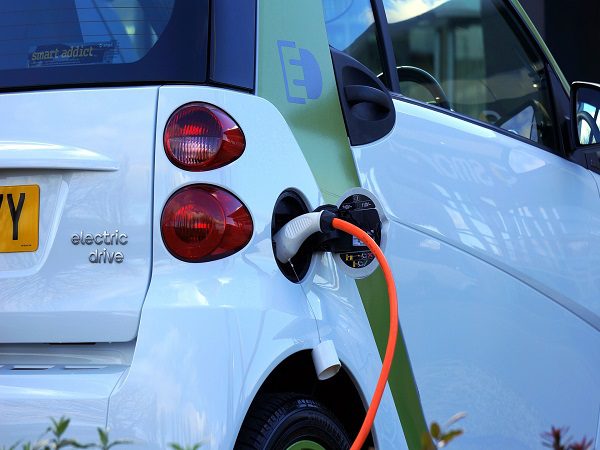Introduction
The automotive industry is undergoing a transformative shift, with electric vehicles (EVs) emerging as the frontrunners in sustainable transportation. As we delve “Under the Hood,” we uncover the groundbreaking innovations propelling the electric vehicle technology revolution. From cutting-edge battery advancements to sophisticated power management systems, this article explores the intricate details shaping the future of transportation.
The Power Source:
Advanced Battery Technologies
At the heart of every electric vehicle lies a powerful battery, and recent innovations in battery technology are revolutionizing the way we perceive electric mobility. Traditional lithium-ion batteries are making way for next-generation alternatives, such as solid-state batteries. These batteries offer higher energy density, faster charging times, and increased safety, marking a significant leap forward in EV capabilities.
Moreover, manufacturers are investing in research to develop longer-lasting batteries, addressing one of the primary concerns among potential EV adopters—range anxiety. With advancements in materials and design, the latest batteries promise extended driving ranges, making electric vehicles a more practical choice for everyday use.
Efficiency Redefined:
Electric Motors and Regenerative Braking
Electric motors are the unsung heroes powering EVs, and recent advancements are making them more efficient than ever. Permanent magnet motors and induction motors are two popular types used in electric vehicles, each with its unique set of advantages. Permanent magnet motors offer higher efficiency, while induction motors are known for their robustness and reliability.
One notable innovation is the integration of regenerative braking systems. This technology allows the electric motor to act as a generator, converting kinetic energy back into electrical energy during braking. This not only improves overall efficiency but also contributes to increased range by harnessing energy that would otherwise be lost as heat.
Smart Charging Infrastructure
The success of electric vehicles depends heavily on the availability of a robust charging infrastructure. Recognizing this, industry stakeholders are investing in smart charging solutions that enhance user experience and grid efficiency. Smart chargers not only provide faster charging but also feature connectivity options, allowing users to monitor and control the charging process remotely.
Furthermore, innovations like bidirectional charging enable electric vehicles to not only draw power from the grid but also feed excess energy back into it. This two-way communication between the vehicle and the grid holds the key to a more sustainable and dynamic energy ecosystem.
Intelligent Power Management Systems
To optimize the performance and efficiency of electric vehicles, sophisticated power management systems are being deployed. These systems intelligently allocate energy to various components, ensuring optimal operation and extending the lifespan of critical components like the battery.
Machine learning algorithms play a crucial role in predicting driving patterns and adjusting power distribution accordingly. By learning from the driver’s behavior, these systems optimize energy consumption, making electric vehicles more adaptive to individual needs and driving conditions.
Lightweight Materials for Enhanced Performance
Reducing the weight of electric vehicles is a key focus area for manufacturers looking to improve efficiency and extend range. The use of lightweight materials, such as carbon fiber and aluminum alloys, is becoming increasingly prevalent in EV design. These materials not only reduce the overall weight of the vehicle but also contribute to improved aerodynamics, further enhancing efficiency.
The integration of lightweight materials not only benefits performance but also addresses concerns related to battery weight. By offsetting the weight of batteries with lighter structural materials, manufacturers can achieve a more balanced and agile electric vehicle.
The Road Ahead:
Challenges and Opportunities
While electric vehicle technology has made remarkable strides, challenges remain on the road ahead. Infrastructure development, battery recycling, and the environmental impact of manufacturing are areas that require concerted efforts. However, these challenges also present opportunities for innovation and collaboration across industries.
Conclusion
Exploring the innovations “Under the Hood” of electric vehicle technology reveals a landscape of continuous improvement and forward-thinking solutions. From advanced battery technologies to intelligent power management systems, each innovation contributes to making electric vehicles more accessible, efficient, and sustainable. As we navigate the evolving terrain of electric mobility, it is clear that the future of transportation is not just electric but also laden with possibilities for a cleaner and more connected world.





























